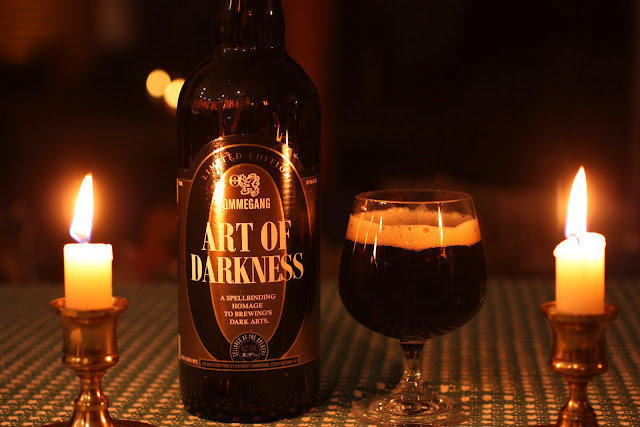Speaking
of non-cogent thoughts…
Now that you've been freed from the rock you were living under where they didn't tell
you it was Oktoberfest, it’s time to make up for lost time. As a seasoned
professional, I am here to relay some tips and tricks I've picked up over the
years that will help you have a fantastic fest. No charge, because beer
knowledge should be free.
The
first tip is…
GET OFF YOUR BACKSIDE AND GO TO
MUNICH, YOU LAZY BUM!!!
The end.
Thanks for reading.
| Merriment ensues... |
But what
if we can’t go to Munich?
Okay, so
we all can’t afford to drop everything and drink beer in Munich, Germany for 16
days. Fortunately, I have some alternative tips and tricks to make your
Oktoberfest experience almost as cool as actually going.
Step 1:
Drink German beer
I’ll be
honest. I drink American beer pretty much exclusively. In my opinion, we have
reached a point in our brewing where we are setting the standard globally for
quality craft beer. Even in traditional German styles, there are plenty of good
American-made versions that are truly excellent. An exception to this rule (for
me) is during Oktoberfest, when I make an effort to drink Märzen lagers that
are made in Munich, such as Hacker-Pschorr, Paulaner, Spaten, Augustiner,
Hofbrau, Löwenbräu, Weihenstephaner, etc. These are all very good Oktoberfest lagers
that will get you in the festing mood.
Step 2:
Eat food
I would
say eat German food, but the point here is not a cultural one… in general, eat
some freaking food. A lot of people make the mistake of thinking that they won’t
eat food so they can drink more beer and cut down on calories. That’s all well
and good, but you’re standing around all day, in the sun, drinking lots of beer…
if you don’t eat, you’re going to pass out and become what the Germans call a
bierleichen, or beer corpse. It isn't pretty, and everyone will laugh at you.
Leave your diet at home and eat some food.
| The most direct way to get food into your system |
Step 3:
Attend a local Oktoberfest celebration
There
are three weekends associated with Oktoberfest, and most communities will throw
some sort of a festival on one of the Saturdays. In your local area, there are
probably a dozen events scheduled that you can attend. They usually include
beer (obviously), traditional food, games, dancing, oom pop music, carnival
rides perhaps, activities for the kids… a good time will be had by all. And
just like at the real thing, the party gets rowdier as the night goes on.
Step 4:
Look the part
There
are only two times a year when wearing lederhosen or a dirndl is appropriate in
public: Halloween and Oktoberfest. They may look ridiculous to the untrained
eye, but in reality, they are fun, colorful and a sign that you are here to
have a good time. You will be the center of attention and everyone will want to
hang out with you… if you wear the authentic gear. But only during the festival…
any other time and it is just weird.
Step 5:
Buy a cool stein
| Serious drinking requires a serious drinking vessel |
Step 6:
Learn to speak German
I don’t
mean attend a crash course or buy Rosetta Stone, or something like that. But do
some interwebz searching before going to the festival and learn a few phrases,
such as…
·
Prost!
– Cheers
·
Ein
Bier, bitte – One beer, please
·
Noch
ein Bier, bitte – Another beer, please
·
Oans,
zwoa, g'suffa! – One, two, drink! (shouted before drinking as a group)
Step 7: Never
mind the haters
Haters
gonna hate, or at least, so I’m told. They’re just mad they’re not having as
much fun as you. Ignore them. Or, buy them a beer so they’ll calm down a little
bit.
| Prost! |
So now
you have some pearls of wisdom that I've picked up over the years. These little
tips will help you enjoy yourself that much more. It’s not much, but that’s why
it’s free. Get out there and march in the Volksmarch, down a litre or two of
fine German lager from Das Boot, eat a shnitzengruben (19 is my limit), and
shout “Oans, Zwoa, G’Suffa!”
Here’s
to craft-brewed happiness… Prost!


